Meet Latin America’s Weasel Relative, Tayra | Facts, Diet. Pictures

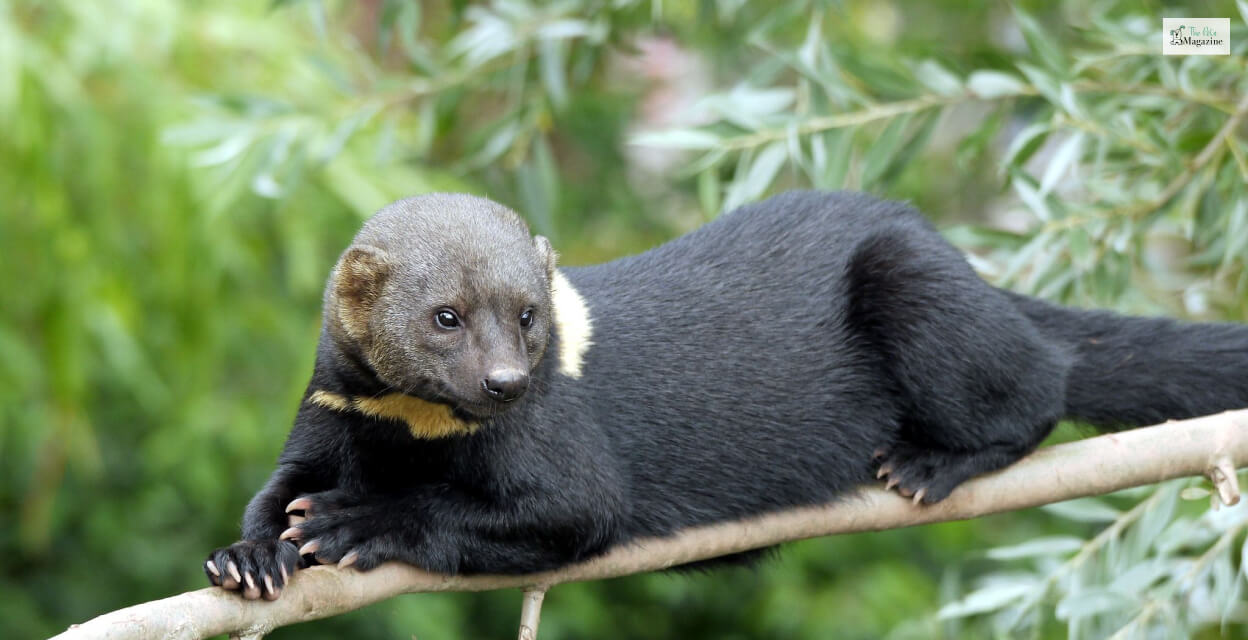
In today’s article, we are going to talk about another cute member of the weasel family, known as The Tayra. This member of the weasel family is native to America, but they are also found in Brazil, Trinidad and Honduras.
Keep on scrolling to find out more about Tayras!
Overview
| Kingdom | Animalia |
| Phylum | Chordata |
| Subphylum | Vertebrata |
| Class | Mammalia |
| Order | Carnivora |
| Suborder | Caniformia |
| Family | Mustelidae |
| Genus | Eira |
| Species | Eira Barbara |
| Life Span | 18 years |
| Weight | 2.7 – 7 kg |
| Lenght | 56 – 71 cm |
| Population | Unknown |
What Is A Tayra?

The Tayras are primarily forested animals who are originally from America. They are a part of the weasel family, which is why they look quite similar as other weasels. The male members are more muscular and larger than their female counterparts.
Tayra animal has a very weasel with short, black or dark brown fur, uniformly across its body, tail and limbs. Only striking feature of Tayras is that they have an orange or yellow spot on their chest.
The fur they have on their head and neck is very much paler compared to the rest of the body; it is more greyish or tan in color. Among most weasels, yellow or albino ones are quite rare, but not in the case of Tayras; it is common.
A few of the characteristic features of Tayras are that they are Diurnal, terrestrial beings living in solitary and burrowing animals.
Distribution

Tayras are primarily found in South America and a few parts of North America. They are mostly in the east of the Andes, except for eastern Brazil, Uruguay, and northern Argentina.
Tayras are also found across Central Argentina, Southern Veracruz, Trinidad and Mexico. Being forest-dwellers, they mostly live in tropical and also subtropical forests, also, along grasslands and cultivated croplands and plantations.
Geographical Distribution
| Continents | South America | North America | ||
| Subcontinents | Central America | |||
| Countries | Argentina | Guatemala | Colombia | Venezuela |
| Biogeographhical Realms | Neotropical | Nearctic | ||
| Biome | Agricultural | Rainforest | Shrubland | Forest |
| Climate Zones | Tropical | Temperate |
Habitat & Lifestyle

Tayras are diurnal animals which means they are active only during the day. They have two activity peaks during the day – one takes place around midday and the other one happens during early evening. In the wild, Tayras spend most of their day patrolling and guarding the perimeter of their living space and hunting and searching for food.
The Tayra is both arboreal and terrestrial. Hence in the wild these animals generally live in burrows made by other animals, and tree hollows. The living space of an individual tayra can be quite large. So far, a tayra’s home range with an area upto 24 km2
These weasels like to travel alone but can be seen in small packs of about 3-4. Tayra animal moves significantly faster on trees and land as well.
The Tayra is known to have poor eyesight, still, they are quite fast on both land and trees and are great climbers. Without any trouble, they climb about 40 meters of smooth tree trunks. Their long tail helps them to maintain their balance while climbing.
On the ground, they gallop at hyper speed. They are mostly land animals, but if required, they can swim across a river. If needed such as when they are being pursued, they jump from one tree top to another to escape.
Tayras are generally quiet and silent animals, but when they sense any threat or alarm, they tend to make a short baking noise. To protect themselves, they even growl, spit, or snort from a neighbouring tree.
| Lifestyle | Arboreal | Burrowing | Altrical | Terrestrial | Viviparous |
| Seasonal Behavior | Non migratory |
Diet & Nutrition

Tayras are considered omnivores only when they get the opportunity. This is why these animals are also known as opportunistic omnivores. When they get the chance, they hunt rodents and any other smaller mammals and birds. They are also perfectly capable of living on mostly fruits and honey as well as invertebrates and reptiles. Since Tayras have poor eyesight, they hunt or search for their food by scent.
A very interesting thing about Tayra is that even though they have poor eyesight, they prefer to hunt by actively chasing their prey. Tayras dont resort to tactics like ambushing or stalking to catch their prey.
Mating Habits

Since Tayra prefers to travel solo, very little is known about the mating process. It is not known whether they have any unique mating ritual. But it is recorded that there is no specific time for Tayras to breed; they are capable of breeding year-round.
For Tayras, the gestation period is about 63 to 67 days. And at once, the females give birth to about 1 to 3 babies. The pups are blind when they are born, with their ears closed, and since birth, they are fully covered in black fur.
| Mating Season | All year |
| Gestation Period | 63-67 days |
| Number of Babies | 1 to 3 pups |
| Independent Age | 10 months |
| Baby Names | Pups, kits |
At the time of birth, the pups weigh about 100g. It takes 35 to about 47 days for their eyes to open. After their eyes are opened, shortly after that they leave their den and wander around alone.
The pups are ready to hunt on their own after only three months. Until their hunting skills are improved, when they get wounded, their mothers pick them up and bring them home. They leave their mother’s home after they are 10 months old. Tayras are fully grown about 6 months after birth.
Need For Conservation
The Tayra is not an endangered species. The IUCN (International Union for Conservation of Nature) has listed Tayra animal as ‘being of least concern.’ However their population is declining in some places like the Mexico. Hunting for pet trade and loss of tropical habitat for agricultural expansion are two of the main factors that have contributed to decline in Tayra population.
Things To Keep In Mind If You Keep A Tayra As A Pet
Tayras are highly active active and energetic animals. They also apparently have a playful nature. But they are not as popular as pets because they have a strong body odour.
Tayras are also restless by nature which can lead to them becoming destructive in captivity. If you want to keep a Tayra as a pet, then here are a few thing that one should know:
- Tayras are highly active animals. If there need for activity is not met, then Tayras kept in captivity can become restless and destructive. Hence make sure that the environment of the enclosure where you are keeing your pet Tayra is interesting enough and provides them with enough opportunities for them to explore.
- Make sure to cover the floor of the enclosure with leaves, soil and chips of tree bark. Since Tayra is terrestrial and arboreal, it will encourage them to explore and dig the ground if they want to.
- When it comes to diet and nutrition, consider feeding your pet Tayra a varied diet consisting of different types of food served in many different ways. The diet should include fruits, steamed vegetable, reptiles, lizards, rodents and meat of small mammals and birds. Make sure to change the food items on a daily and weekly basis. It will improve their mental and physical well being while meeting their nutritional needs.
Frequently Asked Questions (FAQs)!
Now that you know everything there is to know about Tayra animal, although if required, here are a few queries others asked.
1. Are Tayras Aggressive?
Ans: Being predators, they tend to be aggressive towards other animals while hunting or if they sense any danger or threat.
Ans: Being a part of the weasel family, they are normally very sweet and playful and are quite tamable from a young age. But Tayra animal are quite restless, and they tend to be aggressive when feeling threatened, and then they spit.
There is another reason why you might not want a Tayra as a pet, is because they give out a strong bad odour. These are a few of the things why a Tayra might not be the pet bet, even though they are tame and playful.
Ans: It is undeniable that all weasels are cute. So it is obvious that this member of the Weasel family, the Tayra, is highly adorable and cute. With their small size and black fur, they are very cute.
Wrapping Up!
So there you go; Tayras are really fascinating creatures who are considered exotic and are only found in Latin America. Unlike most animals in the wild, these Tayra animals prefer to travel alone in the wild, giving off a bit of a loner vibe.
Though there are no major concerns regarding their population. The major cause of their death is due to hunting or getting hit by cars while running across the road. So now you know that these are not idle pets, you can just let them be in the wild, where they thrive.
Read Also:

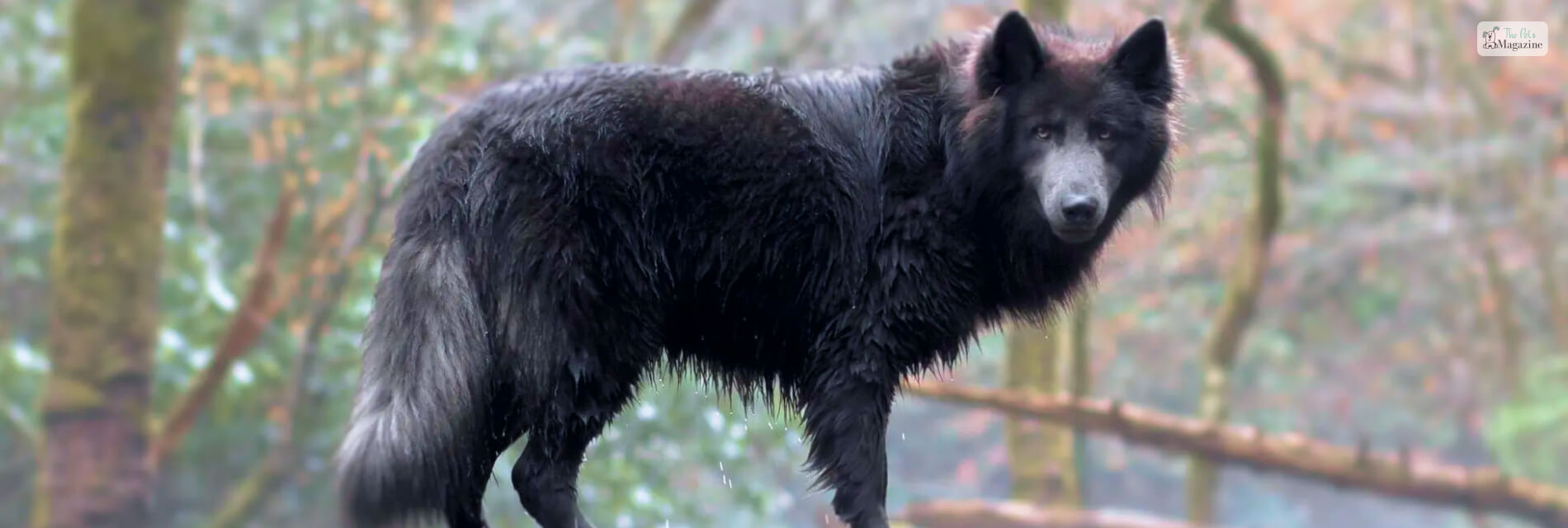
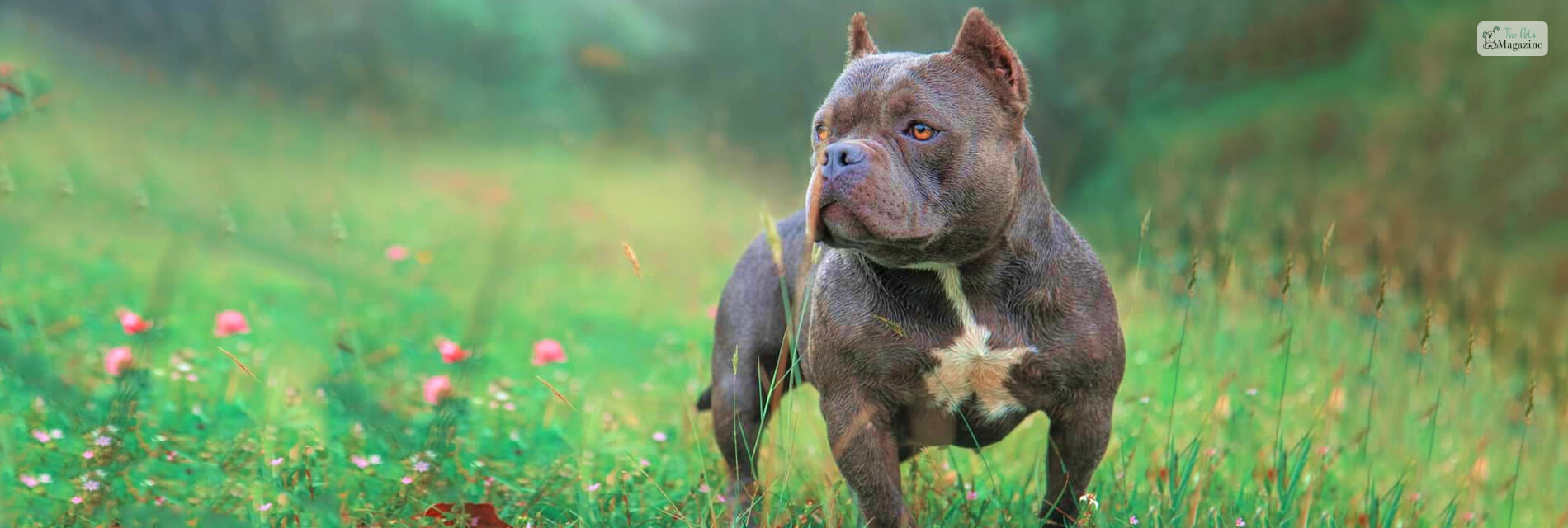

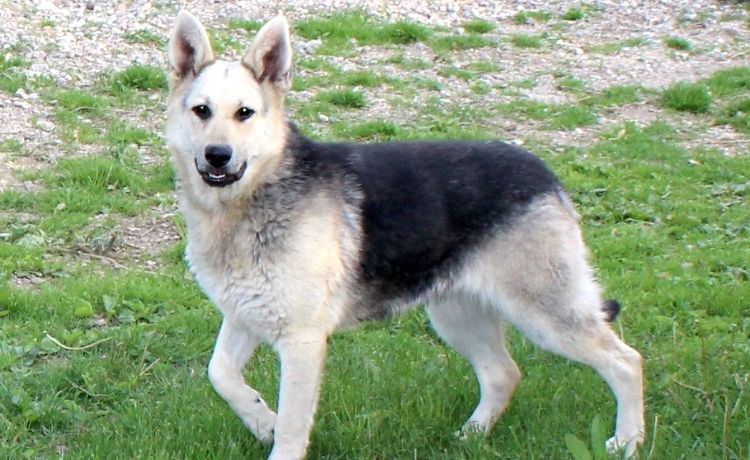

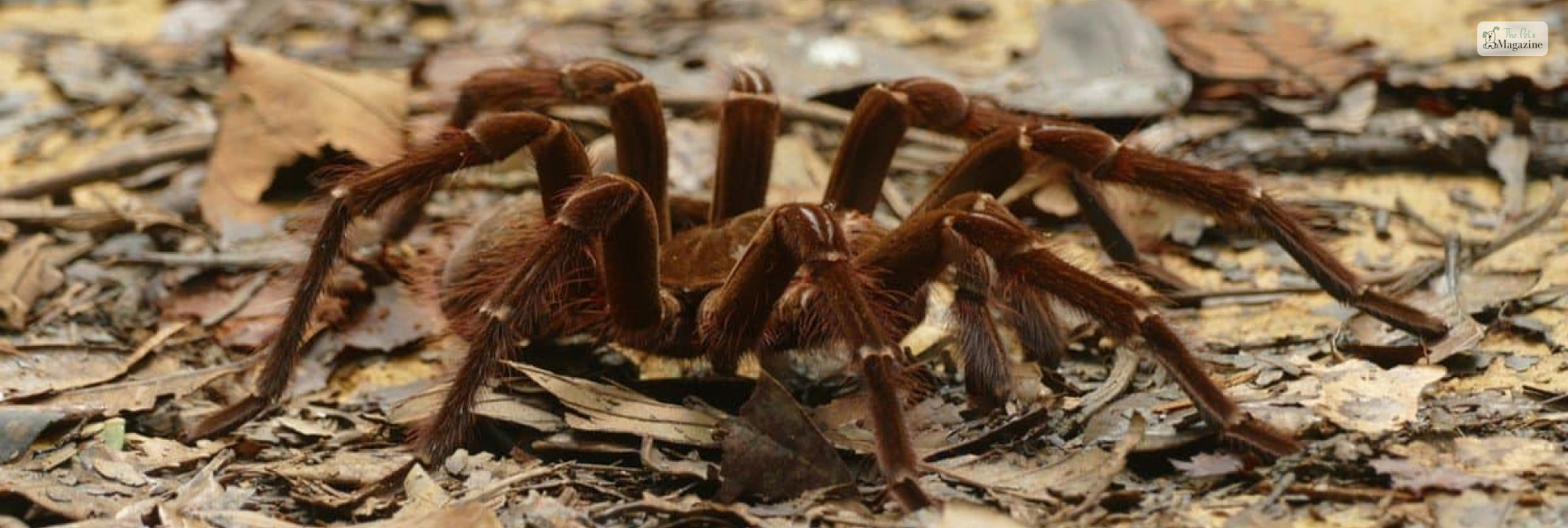
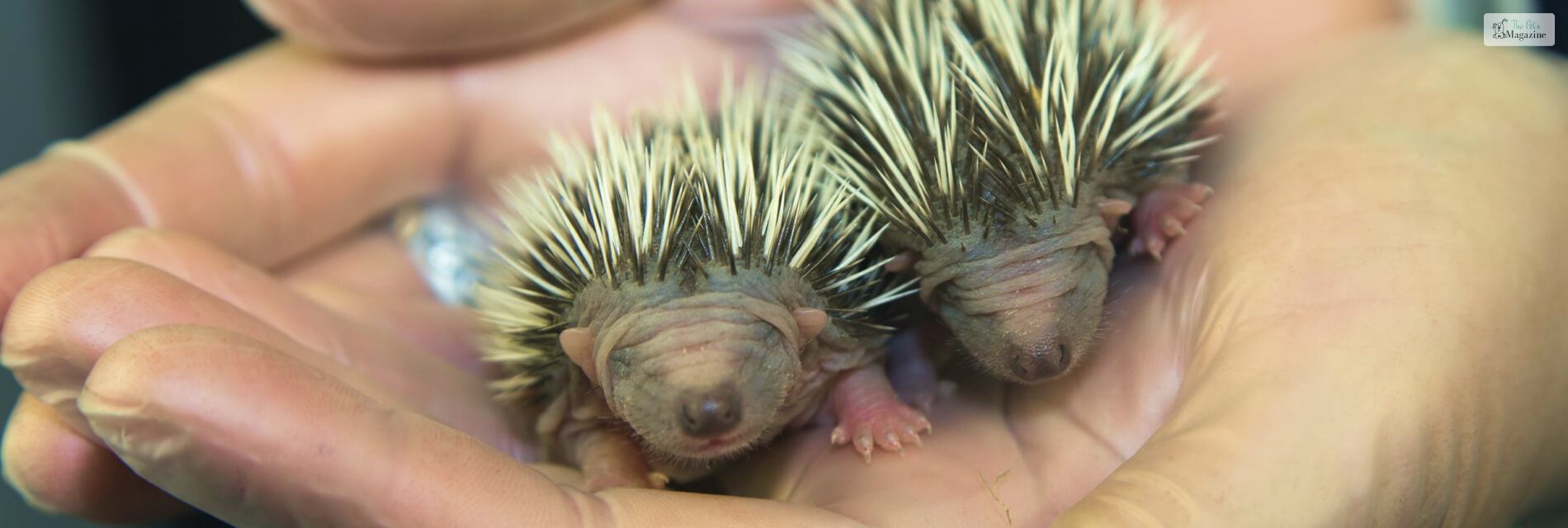
Leave A Comment